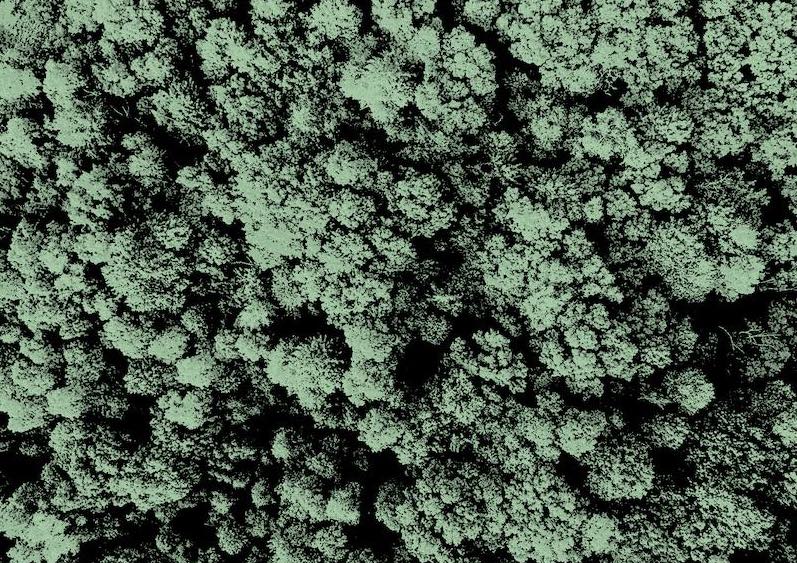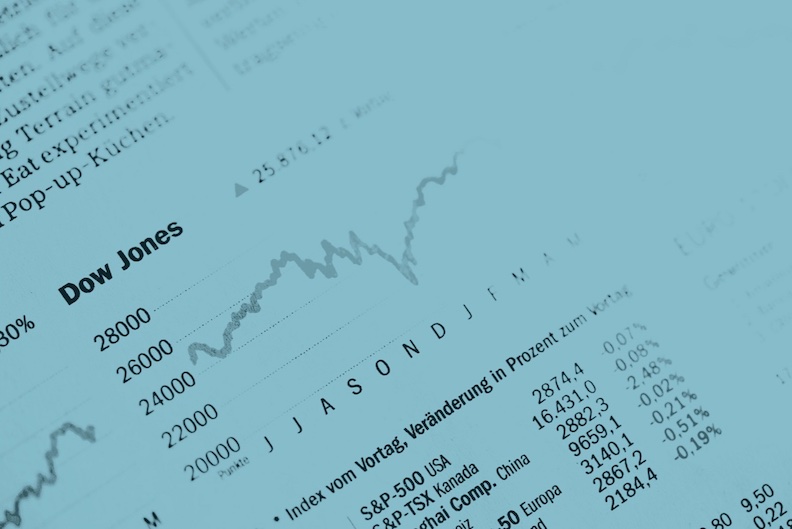What is it about?
The Bohai Sea is the only China seas lacking data-based estimation of annual air-sea CO2 flux. To fill this gap, we investigated regional differences in the seasonal variation of surface fugacity of CO2 (ƒCO2) and air-sea CO2 fluxes in the Bohai Sea, based on mapping datasets collected from 15 carbonate-surveying cruises between 2011 and 2023.
Featured Image
Why is it important?
Air-sea CO2 exchanges in the Bohai Sea are subject to both spatial and temporal variabilities. To sum up, the Bohai Sea acts as a very weak net CO2 sinking area with a net uptake rate of 0.05 mol m−2 yr−1 in the surveyed area. The seasonal variation in ƒCO2 can be attributed to spring/summer biological drawdown, summer/autumn vertical mixing, temperature variations, and air-sea re-equilibration. As a nutrient-rich ocean margin, the Bohai Sea experiences high primary production in its surface waters in spring, generating plenty of biogenic detritus and contributing to the oxygen shortage and acidification in the bottom waters in summer.
Perspectives
• The Bohai Sea proper acts as a very weak net CO2 sink on an annual scale. • For air-sea CO2 flux estimation, both spatial and monthly variations need resolve. • Peak chlorophyll a in sea surface was 2–3 months before bottom-water hypoxia.
Dr Wei-Dong Zhai
Southern Marine Science and Engineering Guangdong Province Laboratory (Zhuhai)
Read the Original
This page is a summary of: Seasonal variations in air-sea CO2 flux in the Bohai Sea and the temporal relationship between surface and bottom-water carbonate dynamics in a year, Continental Shelf Research, April 2024, Elsevier,
DOI: 10.1016/j.csr.2024.105192.
You can read the full text:
Contributors
The following have contributed to this page







